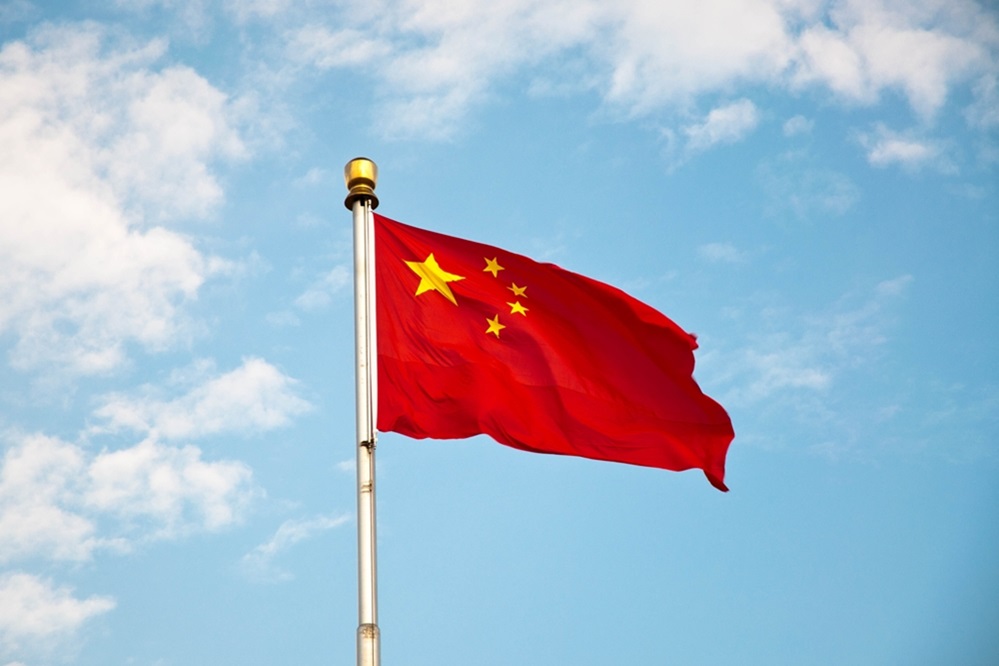We think of grand strategy as superpowers fighting over the world’s continents, like who can dominate Eurasia. But what if, in our hyper-connected world, that struggle is best pursued on a subnational scale: first splitting, then transmuting, and finally capturing the core identities of individual citizens?
America, and to a lesser extent India, sees a China hell-bent on world domination but mistakenly frames that quest in 20th century military terms. Beijing wants to rule the world alright – not from without but within.
If the proverbial way to a man’s heart was through his stomach, then today that vector goes through a person’s smartphone – the big-data chokepoint of all fears and desires.
Once effectively inside a person’s datasphere, a determined entity can shape and manipulate everything they encounter and consume, crunching that big data in their prediction machinery (artificial intelligence) to reinforce select biases, steer political dialogue, and mobilize real-world actions – like showing up for anti-government protests or, conversely, not showing up to vote.
Moscow proved that capacity during the 2016 US presidential election, enough to throw it in Donald Trump’s favor. Today, Vladimir Putin’s intelligence services flex their muscles to the point of triggering congressional impeachment investigations of a sitting US president.
As impressive as it is to witness Putin’s firm ideological grip on Trump’s hard-right base, the world needs to keep a closer eye on China’s Xi Jinping.
Putin’s disinformation campaigns merely infect a nation’s networks while Xi’s ambitions are structural: China’s permanent centrality – in both hardware and software – throughout the world’s blossoming 5G networks, the looming Internet of Things (IoT), and, beyond that, the eventual Artificial Intelligence of Things (AIoT).
Beijing’s systematic approach resembles the ancient Chinese strategy game Go, where players vie to fill up a game board in an imperial, zero-sum competition, surrounding opponents’ “stones” and capturing their territory.
America, like the poker player it consistently resembles, is easily distracted by the “hand” du jour (Ukraine, Gaza, Taiwan?), while China methodically lays its go stones. This is a feature and not a bug of US foreign policy: America plays the player while China plays the board.
China’s penetrating embrace of a targeted nation goes like this: first, Beijing offers infrastructure schemes through its Belt and Road Initiative; then it piggybacks a network-surveillance sale on top of that generous package – its so-called Safe or Smart City offering that empowers a recipient government to track everything their citizens do by smart phone scanning, geo-location, closed-circuit television monitoring, facial recognition, etc. Chinese firms like Huawei, WeChat, TikTok, and Alibaba are all fellow travelers in this quest – sources of Big Data that feed the Chinese government’s worldwide influence campaigns.
While China’s cover story is that it’s looking out for its expatriates, Beijing’s Orwellian “omniveillance” capacity, bolstered by its expanding overseas network of “police cooperation centers,” provides it unrivaled network centrality inside targeted states, enabling a co-policing environment far more stealthily effective than any regime-change approach.
That’s China’s quantum grand strategy: achieving policing power within your political system. This is the opposite of America’s approach: we send in our military to kill “bad actors,” presumably settling the security environment. Meanwhile, China seeds a police-state-within-the-state, crafting a security environment that prevents the rise of bad actors.
In our increasingly networked world, which grand strategy strikes you as likely to prevail?
While the US government has slowly come to recognize China’s subnational approach – for example, the Trump and Biden Administrations curtailing Beijing’s access to American technologies, that Cold War containment strategy is doomed to fail.
Blacklisting Chinese telecom players like Huawei, Washington can mobilize advanced economies to refuse China’s 5G Trojan Horse. The same logic holds in the US Government’s ongoing efforts to ban TikTok.
But that denial strategy won’t work across the Global South – home to the emerging majority global middle class. There, fragile governments, eager for deeper integration into global value chains dominated by China, are entirely susceptible to Beijing’s deceptively packaged “no-strings attached” offerings.
This is not a competition between good and evil – at least not in the eyes of a Global South that feels itself increasingly subject to climate change’s most economically debilitating impacts. Beijing is successfully marketing its network-integration schemes as a non-ideological commoditized offering in which the lowest price wins.
America, lost to its culture wars, offers no grand strategic response to China’s clear ambitions. Instead, the US seeks to enlist India in a containment strategy, hoping that China’s demographic decline will eventually dissolve that challenge while the Pentagon optimizes the US military for the “decisive” Taiwan scenario.
Both perspectives misinterpret China’s true challenge to American and Indian interests: Beijing doesn’t need to defeat the US militarily to rule the roost, it merely needs to out-network its competition amidst globalization’s ongoing digitalization.
America seeks to prevent a future while China actively builds one. Unless competing superpowers like the US, European Union, and India offer a competing network offering, we’ll all end up suffering Beijing’s quantum grand strategy by default.
Thomas P.M. Barnett is principal business strategist at Throughline Inc. and author of America’s New Map. Follow his latest daily posts at thomaspmbarnett.substack.com.



